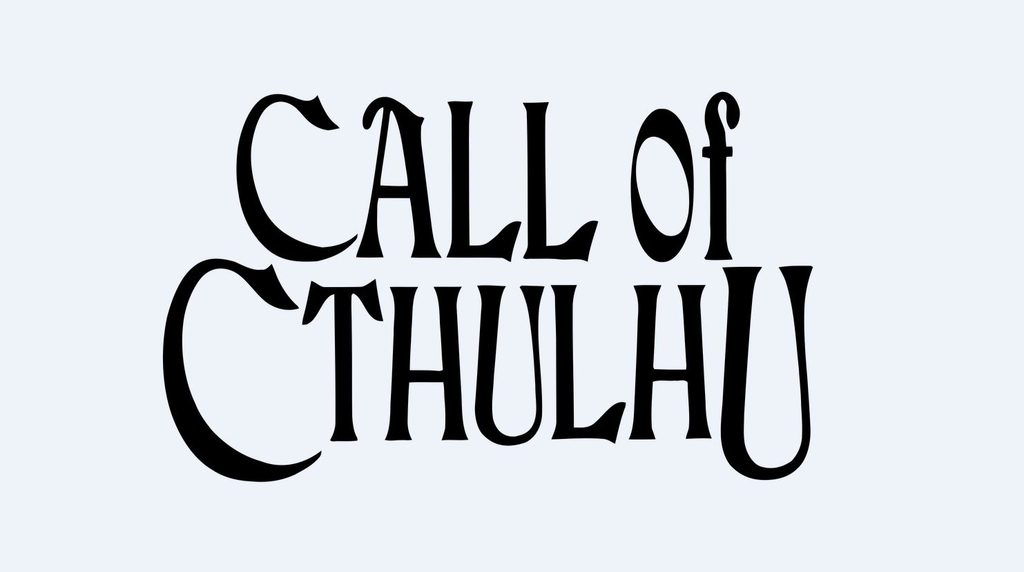
“The Call of Cthulhu” is probably H.P. Lovecraft’s most enduring and influential story. It’s been reprinted and borrowed from and adapted in thousands of ways since its publication in Weird Tales in 1928. Lovecraft, a movie fan, would probably approve of the faithfully retro black-and-white film of his tale released by H. P. Lovecraft Historical Society in 2005; he might be horrified by the adorable Cthulhu plush toys and pun-laden Cthulhu tee shirts sold at science fiction conventions around the globe. The tropes from this classic horror story have become so ubiquitous throughout weird fiction and horror books, stories, comics, movies and games that it’s the kind of tale that most any speculative fiction reader thinks he or she has surely already read … but in many cases has not.
I initially read this story to capture some of the “flavor” of Lovecraft’s style and world building for a writing project. I figured I would find it a bit old-fashioned, and while parts did creak … it also gave me nightmares! Not many stories do that to me these days.
Clearly, there’s something here that resonated and continues to resonate with readers. So I took a harder look at the story to find out what I found it so unsettling and why. I think that the disturbing core of this story is the kind of cosmic horror that Lovecraft evokes from the very first two lines:
The most merciful thing in the world, I think, is the inability of the human mind to correlate all its contents. We live on a placid island of ignorance in the midst of black seas of infinity ….
At first glance, these lines simply look like a variant of the old adage “Ignorance is bliss.” But there’s more at work here. Lovecraft isn’t writing about bliss; he’s writing about mercy. And the structural ignorance of our minds is portrayed as the greatest mercy humanity can experience … greater even than the mercy of a quick death in the face of prolonged suffering. At the time the story was written, Lovecraft’s world was less than a decade past the horrors of World War I and a half-dozen smaller wars raged around our planet … which he describes as “placid”. So Lovecraft is setting some pretty high horror stakes right from the start: as violent and brutal as humanity can be, it’s nothing compared to the horrors lurking amongst the stars.
Lovecraft ratchets up the horror in his description of the Great Old Ones: “But although They no longer lived, They would never really die. … They could only lie awake in the dark and think whilst uncounted millions of years rolled by.”
I found this part utterly horrifying. Many of us, I think, have a terror of being buried alive. Of being conscious in the darkness, helpless, unable to move, unable to escape. And if it dragged on? Boredom and anxiety would quickly escalate to helpless insanity, as prisoners committed to solitary confinement can attest. Being alone with nothing but your own thoughts to keep you company is not a merciful fate.
And the Great Old Ones did this to themselves on purpose. That kind of eternal torment is part of their selfish design. And if they’d do that to themselves? The mind reels at the thought of what they’d do to any other living thing in the cosmos. And it’s staggering to imagine the thoughts such beings would ponder after such a long time locked in dark madness. That’s a masterful bit of horror that Lovecraft evokes in this tale.
Leave a Reply
You must be logged in to post a comment.